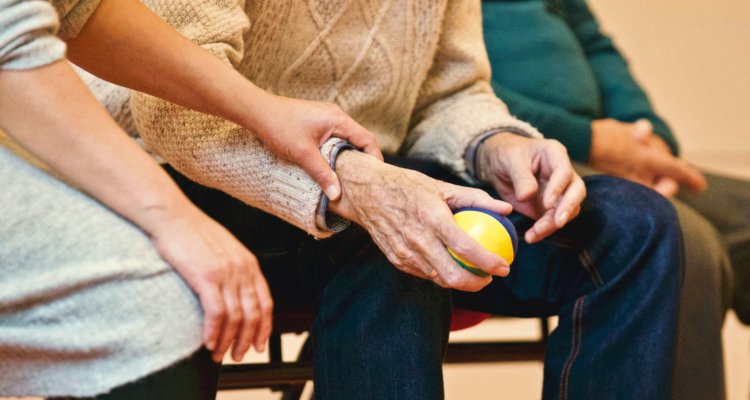
Project
Defeating chronic pain
Chronic pain poses a major challenge in our aging and changing society. In the Netherlands alone, approximately 3 million adults experience chronic pain, a number which is expected to increase. Whether in human or animal patients, chronic pain significantly reduces patients’ quality of life and is often difficult to treat. Despite the magnitude of the problem, chronic pain receives surprisingly little research attention.
We hypothesize that failure of chronic pain treatment is a consequence of lack of understanding how chronic pain is defined across stakeholders (e.g. patients, professionals), and poor pain phenotyping. Phenotyping today is based on pathophysiological reasoning; Pain is a) normal nociceptive activation b) of neuropathic origin, c) mixed, or d) unknown, so without evidence of a or b. In addition to these pathophysiologic mechanisms, genetic, environmental, societal and cognitive determinants influence individual pain experiences; all these factors influence the efficacy of the available treatment options.
Chronic pain is so hard to measure and treat that it cannot be solved within one discipline. Therefore, we started our interdisciplinary collaboration in 2021 to combine knowledge, skills and facilities to defeat chronic pain.
Within the first Center for Unusual Collaborations(CUCo) grant period (2021-2022) we used the strength of our interdisciplinary team and patient interviews to: 1) construct an easy to understand and discipline-overarching metaphor-definition of chronic pain, 2) increase awareness of chronic pain by participation in the Betweterfestival, 3) retrospective analyses on existing patient data to uncover previously unknown subgroups of chronic pain patients, 4) develop “unusual” patient questionnaires to replace previous intake forms of the Utrecht pain centre, 5) perform research on animal species and humans to understand molecular pathways in (chronic) pain. The results, obtained in a relatively short time frame, already illustrate the power of our multidisciplinary approach.
In the upcoming year (2022-2023) we aim to: 1) develop techniques to measure chronic pain (subtypes) via imaging and biosensors, 2) expand our collaboration by constructing a consortium to become a reference centre, connecting what is already there and to collaboratively take the next step to defeat chronic pain.